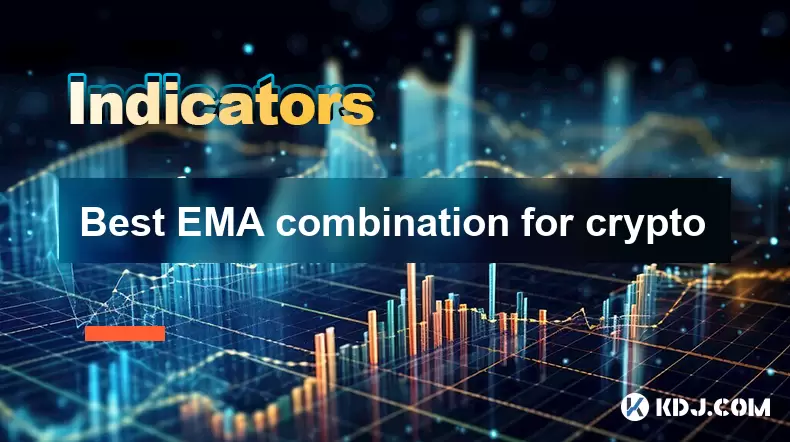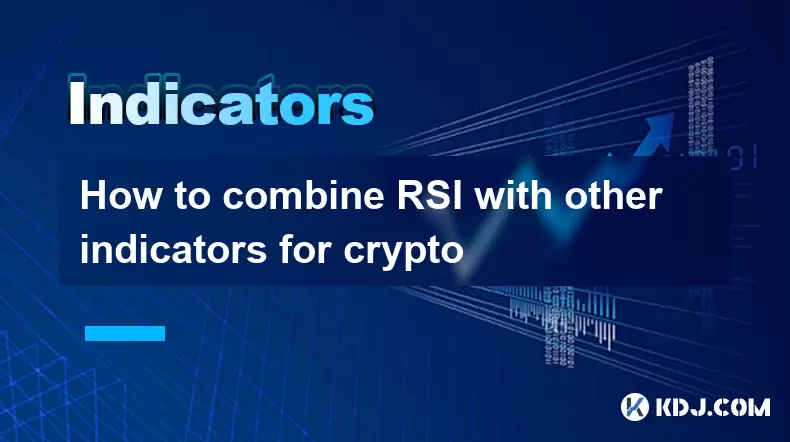-
 Bitcoin
Bitcoin $119,448.2396
0.27% -
 Ethereum
Ethereum $2,992.9919
0.78% -
 XRP
XRP $2.9074
1.58% -
 Tether USDt
Tether USDt $1.0001
0.00% -
 BNB
BNB $687.9097
-0.40% -
 Solana
Solana $161.5804
-0.47% -
 USDC
USDC $0.9998
0.01% -
 Dogecoin
Dogecoin $0.1948
-2.10% -
 TRON
TRON $0.3013
-0.08% -
 Cardano
Cardano $0.7286
-3.16% -
 Hyperliquid
Hyperliquid $47.3153
-3.81% -
 Stellar
Stellar $0.4543
-9.79% -
 Sui
Sui $3.8809
5.63% -
 Chainlink
Chainlink $15.6262
-0.55% -
 Hedera
Hedera $0.2368
-5.31% -
 Bitcoin Cash
Bitcoin Cash $501.2030
-0.80% -
 Avalanche
Avalanche $21.0650
-1.43% -
 UNUS SED LEO
UNUS SED LEO $9.0006
-0.39% -
 Shiba Inu
Shiba Inu $0.0...01310
-1.90% -
 Toncoin
Toncoin $3.0040
1.56% -
 Litecoin
Litecoin $93.8936
-1.20% -
 Monero
Monero $341.8918
1.27% -
 Polkadot
Polkadot $3.9087
-3.05% -
 Uniswap
Uniswap $8.9599
4.78% -
 Dai
Dai $0.9999
0.02% -
 Ethena USDe
Ethena USDe $1.0005
-0.02% -
 Bitget Token
Bitget Token $4.3954
-0.14% -
 Pepe
Pepe $0.0...01207
-2.26% -
 Aave
Aave $314.5223
1.72% -
 Bittensor
Bittensor $408.6988
2.76%
Best EMA combination for crypto
The Exponential Moving Average (EMA) helps crypto traders identify trends and reversals by prioritizing recent price data, offering quicker insights than the Simple Moving Average (SMA).
Jul 13, 2025 at 06:07 am

Understanding the Role of EMA in Cryptocurrency Trading
The Exponential Moving Average (EMA) is a vital technical analysis tool used by traders to identify trends and potential reversal points in cryptocurrency markets. Unlike the Simple Moving Average (SMA), EMA gives more weight to recent price data, making it more responsive to new information. In the fast-moving world of crypto, where volatility is common, using EMA can help traders make quicker and more informed decisions.
Traders often combine multiple EMAs to filter out noise and confirm trend directions. The best EMA combinations for crypto depend on trading style, time frame, and market conditions. Short-term traders may prefer faster EMAs, while long-term investors might rely on slower ones.
Important: Always backtest your strategy before applying it in live trading environments.
Popular EMA Combinations Used in Crypto Trading
Among the most commonly used EMA combinations in crypto are:
- 9-period and 21-period EMA: This combination works well for intraday or swing traders who aim to capture short-to-medium term moves.
- 50-period and 200-period EMA: Often used by long-term investors to determine major trend reversals and strength.
- 12-period and 26-period EMA: These are foundational components of the MACD indicator and are effective in identifying momentum shifts.
Each combination has its strengths and weaknesses. For example, shorter EMAs like the 9 and 21 are more sensitive to price changes and may generate more signals, but also more false ones during choppy markets.
Key Insight: Combining EMAs with other indicators such as RSI or volume can enhance accuracy.
How to Apply the 9 and 21 EMA Strategy in Crypto Charts
To implement the 9 and 21 EMA crossover strategy, follow these steps:
- Open your preferred charting platform (e.g., TradingView).
- Add two EMA overlays: one set at 9 and another at 21.
- Watch for crossovers: when the 9 EMA crosses above the 21 EMA, it signals a potential uptrend (buy signal). Conversely, a cross below indicates a downtrend (sell signal).
- Confirm the signal with candlestick patterns or volume spikes for better reliability.
This strategy works particularly well in trending markets and less so in sideways consolidations.
Caution: Avoid relying solely on EMA crossovers without additional confirmation tools.
Using 50 and 200 EMA for Long-Term Crypto Positioning
For long-term traders, the 50 and 200 EMA combination provides a broader view of market direction. Known as the "Golden Cross" (when 50 crosses above 200) and "Death Cross" (when 50 crosses below 200), these events have historically signaled significant market shifts in assets like Bitcoin and Ethereum.
To use this strategy:
- Apply both EMAs on a daily or weekly chart.
- Monitor the relationship between the two lines over time.
- Enter long positions after a Golden Cross is confirmed with rising volume.
- Consider exiting or hedging positions after a Death Cross appears.
While powerful, these signals can lag due to their long periods, meaning they may not be suitable for day traders.
Pro Tip: Combine with fundamental analysis for stronger conviction in long-term trades.
Customizing EMA Settings Based on Market Conditions
There's no one-size-fits-all EMA combination for all cryptocurrencies or market conditions. Traders should adjust EMA settings based on:
- Volatility: More volatile coins like altcoins may benefit from tighter EMAs (e.g., 7 and 15).
- Timeframe: Day traders might use 5-minute or 15-minute charts with faster EMAs, while weekly charts suit slower EMAs.
- Liquidity: Low-liquidity tokens may produce erratic signals; hence, smoothing with longer EMAs could help.
It’s essential to experiment with different values and observe how they perform across various market cycles.
Remember: Optimization should always be done with historical data and validated through paper trading.
Frequently Asked Questions
Q: Can I use EMA alone for trading crypto?
A: While EMA is a strong indicator, using it in isolation may lead to misleading signals. It’s best combined with volume, support/resistance levels, or oscillators like RSI.
Q: What timeframes work best with EMA strategies?
A: Shorter EMAs like 9 and 21 are ideal for 1-hour or 4-hour charts, while 50 and 200 EMAs are better suited for daily or weekly charts.
Q: How do I know which EMA combination suits my trading style?
A: Start by defining your goals—whether you're scalping, day trading, or holding long-term. Then test different combinations using backtesting tools available on platforms like TradingView.
Q: Is EMA better than SMA for crypto trading?
A: EMA reacts faster to price changes, which can be beneficial in fast-moving crypto markets. However, SMA may offer fewer false signals in ranging markets.
Disclaimer:info@kdj.com
The information provided is not trading advice. kdj.com does not assume any responsibility for any investments made based on the information provided in this article. Cryptocurrencies are highly volatile and it is highly recommended that you invest with caution after thorough research!
If you believe that the content used on this website infringes your copyright, please contact us immediately (info@kdj.com) and we will delete it promptly.
- BDAG X1 App Skyrockets, SHIB Rebounds, and XMR Holds Strong: What's Happening?
- 2025-07-15 07:10:12
- Ruvi AI: The Audited Token Set to Outshine Ethereum with Massive Gains?
- 2025-07-15 06:50:12
- DeFi Token with 10X Potential: Mutuum Finance and the Year-End Opportunity
- 2025-07-15 06:50:12
- Bitcoin's Wild Ride: $120K Surge, Crypto Bill Buzz, and What It All Means
- 2025-07-15 07:10:12
- XRP's Cup and Handle: Millionaire Target in Sight?
- 2025-07-15 07:50:12
- Bitcoin Blasts Past $186,000: A New Milestone or Just the Beginning?
- 2025-07-15 08:10:12
Related knowledge

Advanced RSI strategies for crypto
Jul 13,2025 at 11:01am
Understanding the Basics of RSI in Cryptocurrency TradingThe Relative Strength Index (RSI) is a momentum oscillator used to measure the speed and chan...

Crypto RSI for day trading
Jul 12,2025 at 11:14am
Understanding RSI in the Context of Cryptocurrency TradingThe Relative Strength Index (RSI) is a momentum oscillator used to measure the speed and cha...

Crypto RSI for scalping
Jul 12,2025 at 11:00pm
Understanding RSI in the Context of Crypto TradingThe Relative Strength Index (RSI) is a momentum oscillator widely used by traders to measure the spe...

What does an RSI of 70 mean in crypto
Jul 13,2025 at 06:07pm
Understanding the RSI Indicator in Cryptocurrency TradingThe Relative Strength Index (RSI) is a widely used technical analysis tool that helps traders...

How to avoid RSI false signals in crypto
Jul 13,2025 at 06:21pm
Understanding RSI and Its Role in Crypto TradingThe Relative Strength Index (RSI) is a momentum oscillator used to measure the speed and change of pri...

How to combine RSI with other indicators for crypto
Jul 12,2025 at 08:35am
Understanding the Role of RSI in Crypto TradingThe Relative Strength Index (RSI) is a momentum oscillator that measures the speed and change of price ...

Advanced RSI strategies for crypto
Jul 13,2025 at 11:01am
Understanding the Basics of RSI in Cryptocurrency TradingThe Relative Strength Index (RSI) is a momentum oscillator used to measure the speed and chan...

Crypto RSI for day trading
Jul 12,2025 at 11:14am
Understanding RSI in the Context of Cryptocurrency TradingThe Relative Strength Index (RSI) is a momentum oscillator used to measure the speed and cha...

Crypto RSI for scalping
Jul 12,2025 at 11:00pm
Understanding RSI in the Context of Crypto TradingThe Relative Strength Index (RSI) is a momentum oscillator widely used by traders to measure the spe...

What does an RSI of 70 mean in crypto
Jul 13,2025 at 06:07pm
Understanding the RSI Indicator in Cryptocurrency TradingThe Relative Strength Index (RSI) is a widely used technical analysis tool that helps traders...

How to avoid RSI false signals in crypto
Jul 13,2025 at 06:21pm
Understanding RSI and Its Role in Crypto TradingThe Relative Strength Index (RSI) is a momentum oscillator used to measure the speed and change of pri...

How to combine RSI with other indicators for crypto
Jul 12,2025 at 08:35am
Understanding the Role of RSI in Crypto TradingThe Relative Strength Index (RSI) is a momentum oscillator that measures the speed and change of price ...
See all articles

























































































